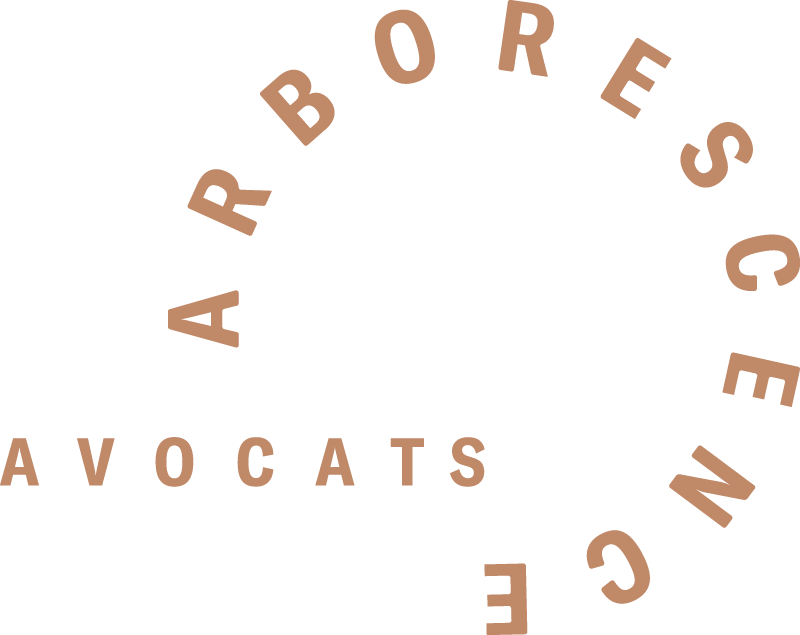From just 80,000 in 2019, the number of teleconsultations rose to 9.4 million in 2021, marking a significant evolution in healthcare practices (DREES, 2021). This dynamic illustrates the integration of telemedicine acts into the healthcare system, as defined by the Public Health Code (CSP) and Amendment No. 6 to the National Convention
Legal Framework of Teleconsultation
Teleconsultation is:
- Embedded in a coordinated care pathway, with patients referred by their primary care physician or already known to the teleconsulting doctor.
- Available to all patients, regardless of their place of residence, age, or pathology.
Caution: It’s crucial to verify the necessity of the remote consultation, ensure accessibility to medical data, and obtain the patient’s informed consent. Doctors cannot conduct more than 20% of their activities through teleconsultations over a year.
- Billed at the same rate as a face-to-face consultation.
- Followed by a consultation report, written by the doctor and archived for coordinated care.
The most used tools by general practitioners for teleconsultations: 50% use a video transmission tool offered by a platform (Doctolib, Qare), telephone without video transmission (39%), and public video transmission tools (Skype, Zoom, WhatsApp) (18%).
Note: With the proliferation of private entities offering non-reimbursed teleconsultations, the law now requires teleconsultation companies to have an accreditation. These can bill the health insurance for remote care provided by their employees. Additionally, the High Authority for Health (HAS) has published a provisional version of a referent.
Conditions of Teleexpertise
Teleexpertise allows for remotely seeking the opinions of colleagues.
- Open to all conventionally contracted independent doctors.
- Exclusively aimed at patients:
- With long-term conditions, or
- Suffering from rare diseases, or
- Residing in underserved areas, or
- In nursing homes or medico-social structures.
The remuneration varies according to the level of expertise:
- Level 1️⃣: Capped at 4 acts per year, remunerated at 12 euros per act. This level concerns simple consultation requests, generally made by the primary care physician or a general practitioner to a specialist. The goal is to guide patient care with specific questions, often for non-urgent cases.
- Level 2️⃣: Maximum of 2 acts per year, remunerated at 20 euros per act. The second level is intended for more complex cases requiring detailed specialized advice. It often involves multiple specialists and may require a thorough analysis of medical records, previous examinations, and sometimes the organization of multidisciplinary consultation meetings. This level is particularly relevant for rare cases, complex chronic diseases, or situations requiring multidisciplinary expertise.
- The requesting doctor is also compensated for their coordination work with a flat rate of 5 euros per level 1 teleexpertise and 10 euros per level 2 teleexpertise, up to a limit of 500 euros per year for all requested teleexpertises.
Regulation of Remote Monitoring
- Remote monitoring allows a medical professional to remotely interpret a patient’s health data collected at their place of living.
- It can be practiced in a private setting or within a healthcare facility, health center, multi-professional health house, or medico-social establishment or service.
- Suitable for patients at risk of hospitalization or complications from their disease.
- Concerns specific pathologies listed by the High Authority for Health. As of July 1, 2023, this list includes heart, kidney, respiratory failure, diabetes, and monitoring of cardiac prostheses and patients with cardiac prostheses.
- The medical remote monitoring service is billed at a regulated amount and covered 100% by Health Insurance. As of May 16, 2023, the package amount was 11 euros per patient for the first level (implantable cardiac prostheses) and 28 euros per patient for the second level (cardiac, respiratory, renal failure, diabetes). These amounts will be revised on April 1, 2024.
Implementation of Teleassistance
- Allows a medical professional to remotely assist another medical professional during the performance of a procedure (Art. R. 6316-1 CSP).
- Generally not covered by health insurance, but exceptional funding can be obtained through a cooperation protocol submitted to the ARS (Art. L. 4011-1 to L. 4011-2 CSP).
Useful Resources
- HAS (High Authority for Health) Fact Sheets on Teleconsultation and Teleexpertise Public Life Page on Telehealth
- Public Life Page on Telehealth
- Key Points of Teleconsultation on the Ameli Website

